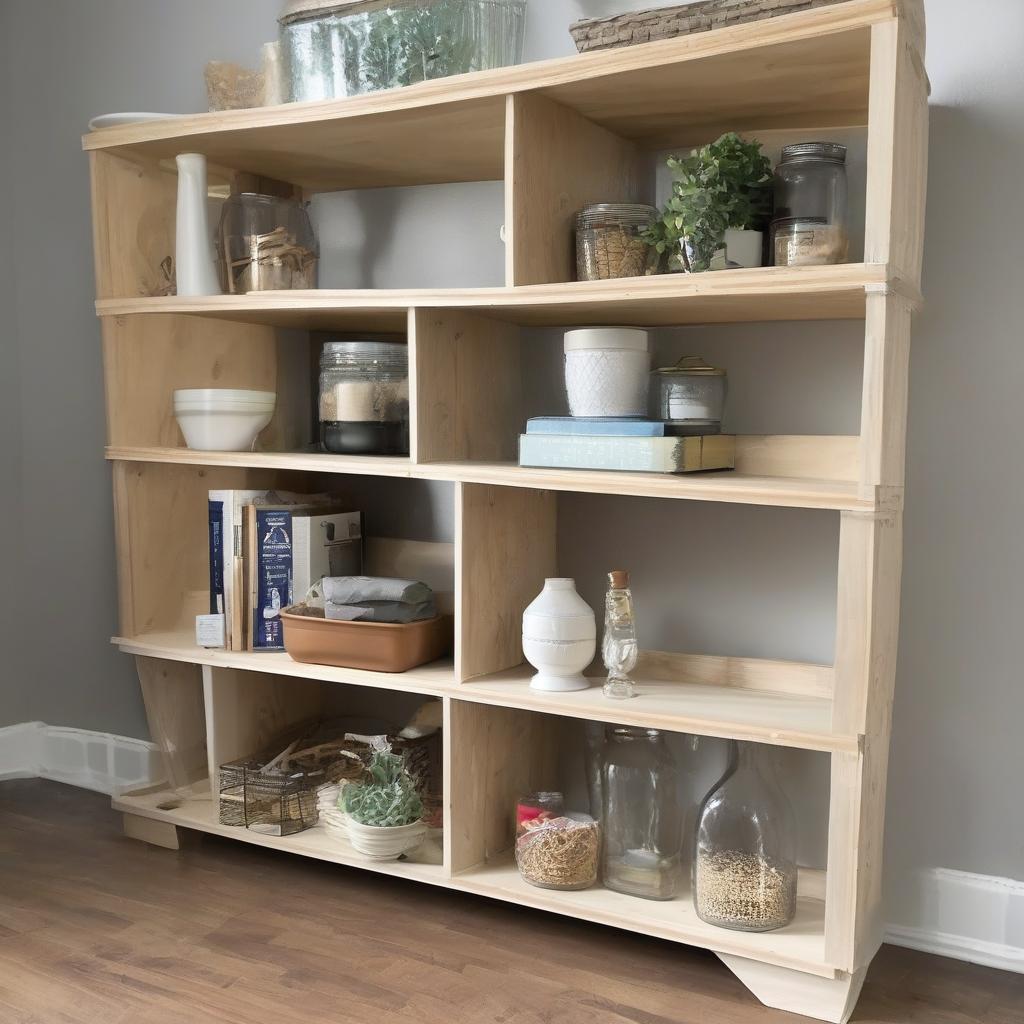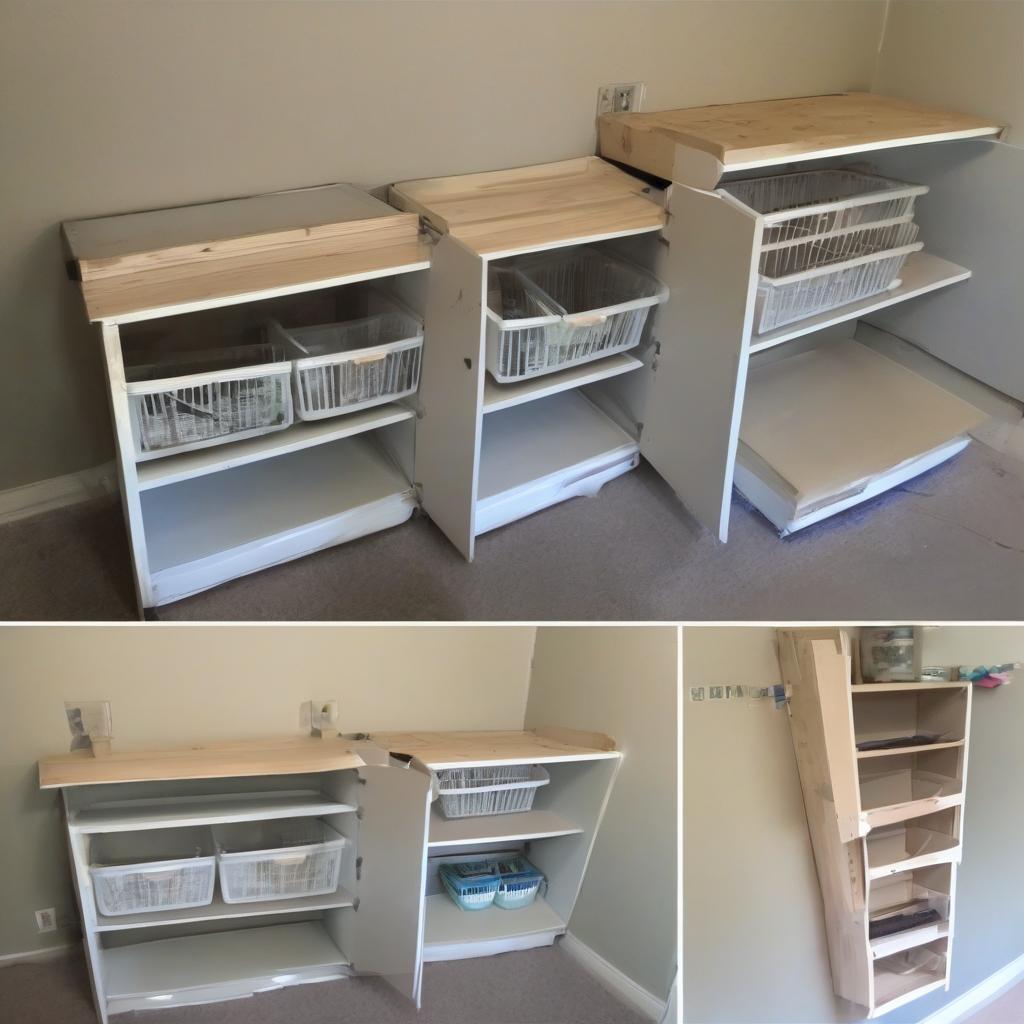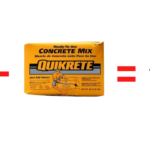
Understanding Shelf Weight Capacity: A Comprehensive Guide
When it comes to installing shelves in our homes or offices, one of the most pressing concerns is their weight capacity. We often find ourselves wondering, how much weight can these shelves really hold? Will they sag in the middle or collapse under the weight of our belongings? In this article, we will delve into the factors that determine shelf weight capacity and provide you with a comprehensive guide to help you make informed decisions.
Factors Affecting Shelf Weight Capacity
The weight capacity of a shelf is influenced by several factors, including the type of material used, the design and construction of the shelf, and the method of installation. Let’s take a closer look at each of these factors.
- Material: The type of material used to construct the shelf plays a significant role in determining its weight capacity. For instance, solid wood shelves tend to be more durable and can hold more weight than those made from engineered wood or particleboard.
- Design and Construction: The design and construction of the shelf also impact its weight capacity. Shelves with a sturdy frame, proper bracketing, and adequate support tend to be more robust and can hold more weight than those with flimsy construction.
- Installation Method: The method of installation is also crucial in determining shelf weight capacity. Shelves that are properly anchored to the wall or installed on sturdy brackets tend to be more stable and can hold more weight than those that are not.
Types of Shelves and Their Weight Capacity
Different types of shelves have varying weight capacities, and it’s essential to understand these differences to make informed decisions. Here are some common types of shelves and their typical weight capacities:
- Fixed Shelves: Fixed shelves are attached to the wall or a frame and are generally more stable than adjustable shelves. Their weight capacity can range from 20 to 50 pounds per linear foot, depending on the material and construction.
- Adjustable Shelves: Adjustable shelves are designed to be flexible and can be adjusted to accommodate different sizes of items. Their weight capacity tends to be lower than fixed shelves, typically ranging from 10 to 30 pounds per linear foot.
- Floating Shelves: Floating shelves are mounted on the wall using hidden brackets or anchors. Their weight capacity can vary greatly, depending on the type of anchor used and the wall material. Typically, they can hold between 5 to 20 pounds per linear foot.
Signs of Sagging or Collapse
Sagging or collapse can occur when a shelf is overloaded or not properly installed. Here are some signs to look out for:
- Visible Sagging: If a shelf is sagging, it will be visible to the naked eye. Check for any signs of bowing or curvature in the shelf.
- Creaking or Cracking Sounds: If a shelf is under stress, it may produce creaking or cracking sounds. These sounds can be a warning sign that the shelf is overloaded or compromised.
- Loosening of Brackets or Anchors: Check the brackets or anchors that hold the shelf in place. If they are loosening or showing signs of wear, it may be a sign that the shelf is under too much stress.
How to Determine Shelf Weight Capacity
To determine the weight capacity of a shelf, follow these steps:
- Check the Manufacturer’s Specifications: The manufacturer’s specifications should provide information on the weight capacity of the shelf. Check the packaging, instruction manual, or manufacturer’s website for this information.
- Assess the Material and Construction: Assess the material and construction of the shelf to determine its weight capacity. Consider factors such as the type of material, thickness, and design.
- Perform a Load Test: If you’re still unsure about the weight capacity of a shelf, perform a load test. Gradually add weight to the shelf, checking for signs of sagging or stress.
Tips for Maximizing Shelf Weight Capacity
To maximize shelf weight capacity, follow these tips:
- Distribute Weight Evenly: Distribute the weight on the shelf evenly to avoid putting too much stress on any one area.
- Avoid Overloading: Avoid overloading the shelf with too many heavy items. Instead, consider using multiple shelves or storage units.
- Use Sturdy Brackets or Anchors: Use sturdy brackets or anchors to secure the shelf to the wall or frame. This will help to distribute the weight more evenly and prevent the shelf from tipping or collapsing.
Conclusion
Understanding shelf weight capacity is crucial to ensuring the safety and stability of your belongings. By considering factors such as material, design, and installation, you can determine the weight capacity of your shelves and take steps to maximize it. By following the tips and guidelines outlined in this article, you can enjoy sturdy and reliable shelving that meets your needs and keeps your belongings safe. So, the next time you’re wondering how much weight your shelves can hold, you’ll be equipped with the knowledge to make an informed decision.
Frequently Asked Questions
What determines the weight capacity of a shelf?
The weight capacity of a shelf is influenced by several factors, including the type of material used, the design and construction of the shelf, and the method of installation.
What type of shelves have the highest weight capacity?
Fixed shelves tend to have the highest weight capacity, typically ranging from 20 to 50 pounds per linear foot.
How can I determine the weight capacity of my shelf?
You can determine the weight capacity of your shelf by checking the manufacturer’s specifications, assessing the material and construction, or performing a load test.
What are the signs of a shelf that is overloaded or sagging?
Signs of a shelf that is overloaded or sagging include visible sagging, creaking or cracking sounds, and loosening of brackets or anchors.
How can I maximize the weight capacity of my shelf?
You can maximize the weight capacity of your shelf by distributing weight evenly, avoiding overloading, and using sturdy brackets or anchors.
What is the typical weight capacity of floating shelves?
The typical weight capacity of floating shelves can vary greatly, but typically ranges from 5 to 20 pounds per linear foot.
Can I increase the weight capacity of my shelf by using stronger brackets?
Yes, using sturdy brackets or anchors can help to distribute the weight more evenly and increase the weight capacity of your shelf.

















